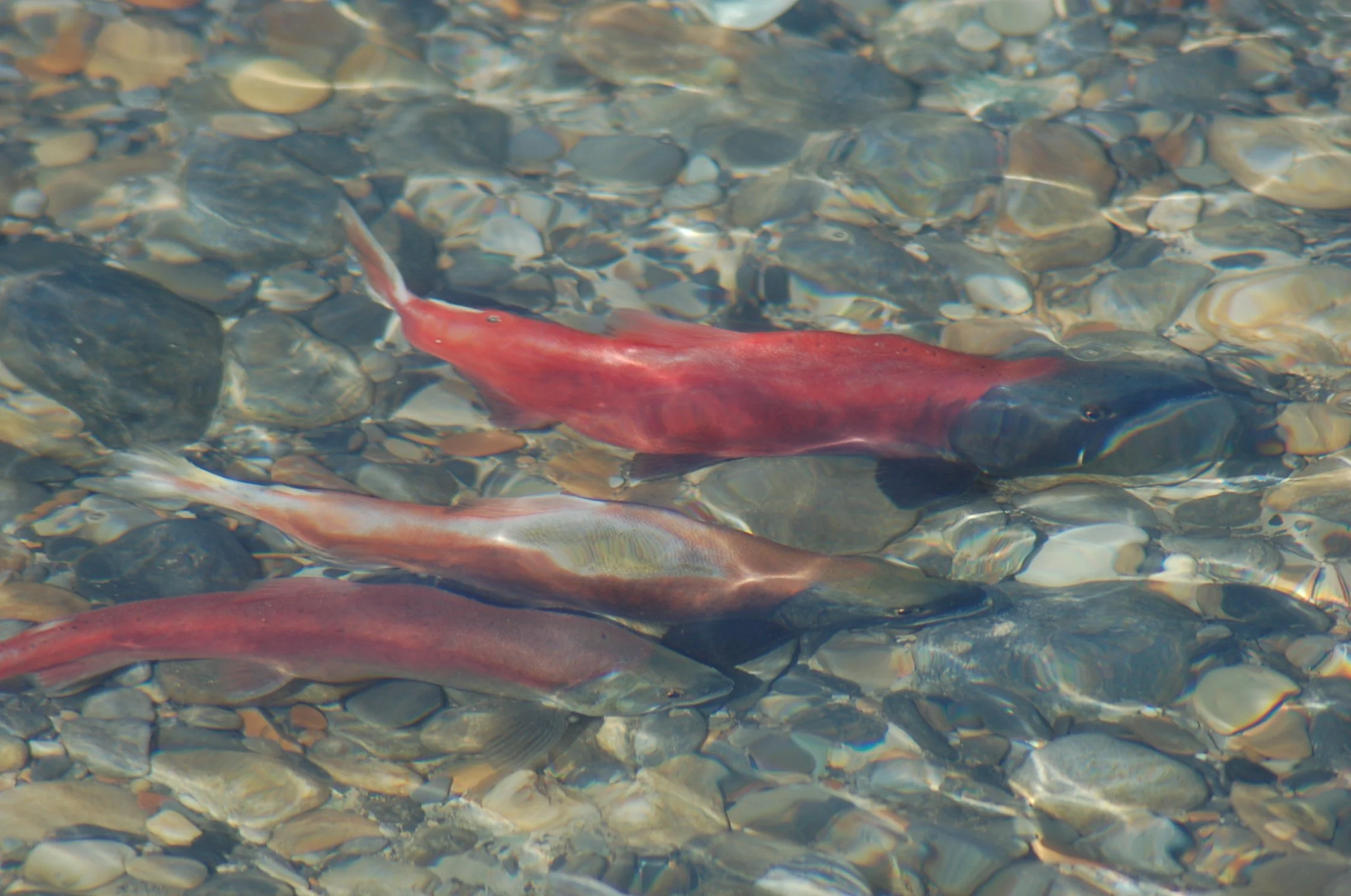A weight of anxiety settles upon all hikers at the arrival of this page. The knowledge that your spot in queue is a random drawing and could change your ‘perfectly’ planned adventure. Let Reservation day…Begin!
WE DID IT
After a series of mornings, primed with coffee, breakfast burritos, and an abundance of internet browser tabs we managed to reserve all of our campsites necessary for the GDT. From our first site in Waterton Lakes National Park to our final paid reservation on the north end of the famous Skyline trail in Jasper National Park. Well, that's not actually all true. We didn't get ALL of our campsites.
We were unable to reserve our last site at Signal campground, the northern terminus of the skyline trail. The Skyline trail, famous for astounding views across the Northern Rockies landscape, alpine meadows, and windswept ridges is also infamous for its near-guarantee to be completely booked 7 to 8 months in advance. We found the latter to be true, I don't doubt the prior will come to fruition as well.
The total cost of our campgrounds and hotel reservations was a hair under $800 for the entire summer, or in terms of days on trail, 54 days. I know what you're thinking, $800 dollars for campsites and hotels?! I know, I thought the same myself, especially since the daily temperature today won't be above -15°C (5°F). Camping is a thing of the past or future, but not the present. To appease my penny-pinching mind I broke down the costs in terms of cost/day/person, a much more reasonable number. ($800/54 days)/2 people = $7.40/day
ahhh, now that's much more reasonable. A bonus is that, for most of the time we're out on the trail, there are no opportunities to spend any money!
How will we nab that last campsite? Great question! We are relying on the cancellation of a person who will have the goodwill to cancel ahead of time, preferably at Signal. A small handful of campgrounds along the Skyline trail will be acceptable substitutes although they will alter our mileage for a couple of days.
The mileage will be remediated in the town of Jasper where we are taking a double zero before we set out for the final bushwhack of a push to the northern terminus of the GDT, 357km (221 miles) over 14 days.







